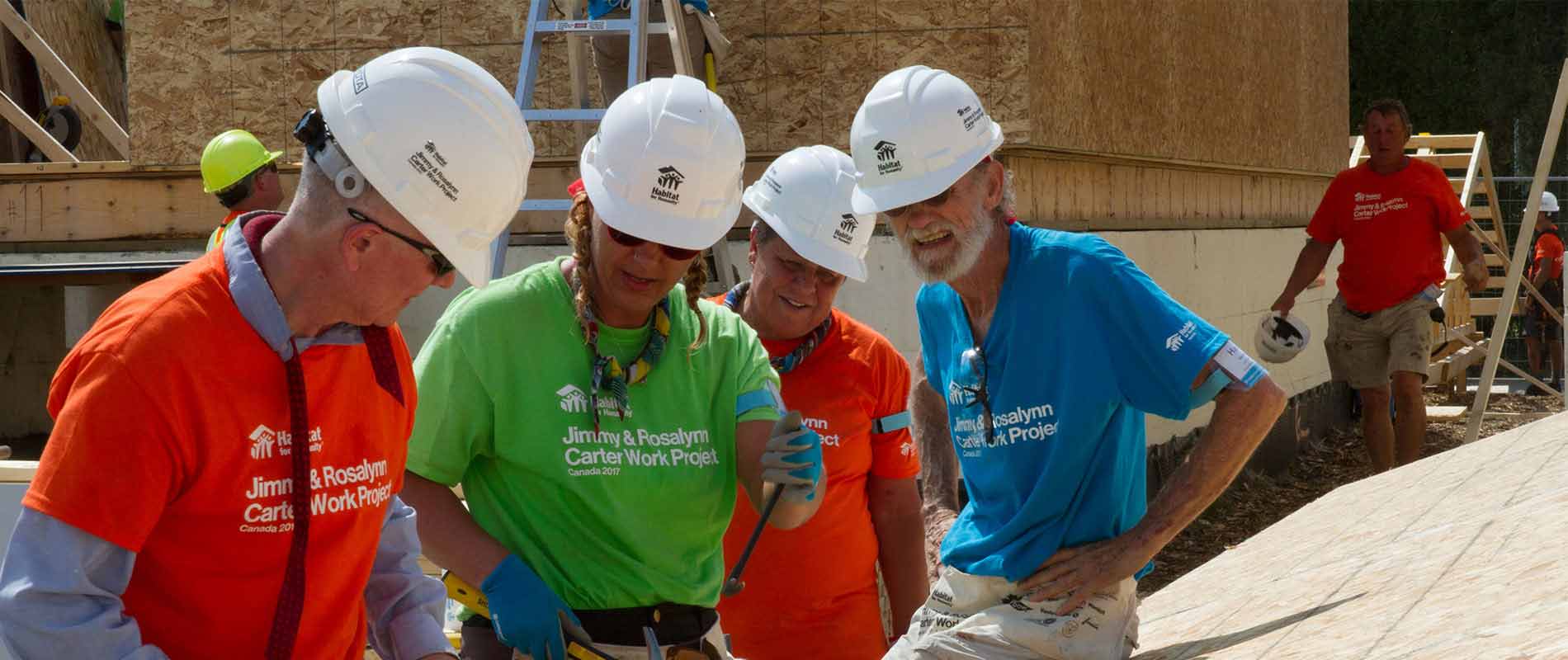
Let’s Talk About “Density"
Like many people, I try to stay informed. My social media feeds are full of headlines—from the war in Ukraine to American politics. It’s easy to feel like I know what’s happening out there.
But I also want to stay grounded here, in Waterloo Region. Its home.
That’s why I read the local paper. It helps me understand what’s happening in our community. One of my favourite sections is the letters to the editor. They feel like local social media—people speaking directly, passionately, about issues close to home.
A few weeks ago, one letter stood out.
It wasn’t shocking, but it was clear. The writer said what many think but don’t always say: they don’t want more density in our neighbourhoods.
Like most people, the writer began with a shared concern: “We all want solutions to the housing crisis.” But the rest of the letter made it clear they believed “high-density infill projects” were part of the problem, not the solution.
There’s that word again—density.
Lately, it seems to have become a kind of four-letter word. We say we want growth, more housing options, and solutions—but then reject the very idea that might make those possible: more density.
I find that fascinating. Because when I hear “density,” I think “homes.”
More density means more homes. And we need more homes.
We need to rethink what a home looks like. When I was a kid, there was a Corn Flakes commercial that said, “Try them again for the first time.” It encouraged people to revisit a familiar idea with fresh eyes. I think we need to do the same with housing.
At Habitat for Humanity, we’ve had families turn down affordable homes because they only had one parking space, or because it was a stacked townhouse. “Kids need a backyard,” some say. Or, “How can we manage with just one car?”
But the world has changed. We don’t have endless land or unlimited resources. And even if we did—who can afford sprawling homes anymore?
Our future lies in smarter, more inclusive communities. That means accepting, and even embracing, density—not as a last resort, but as a necessary step toward solving the housing crisis.
A child can grow up happy and healthy in an apartment without a backyard. A stacked townhouse can be the foundation for a family’s future. From studio rentals to duplexes, all kinds of homes can be real homes for real people.
We need to expand our definition of what a home is. Because every time we say “that’s not a real home,” we make it harder to move forward.
Let’s rethink the way we talk about density, and give people the homes they need to build stronger futures.

Philip Mills, CEO Habitat Waterloo Region

